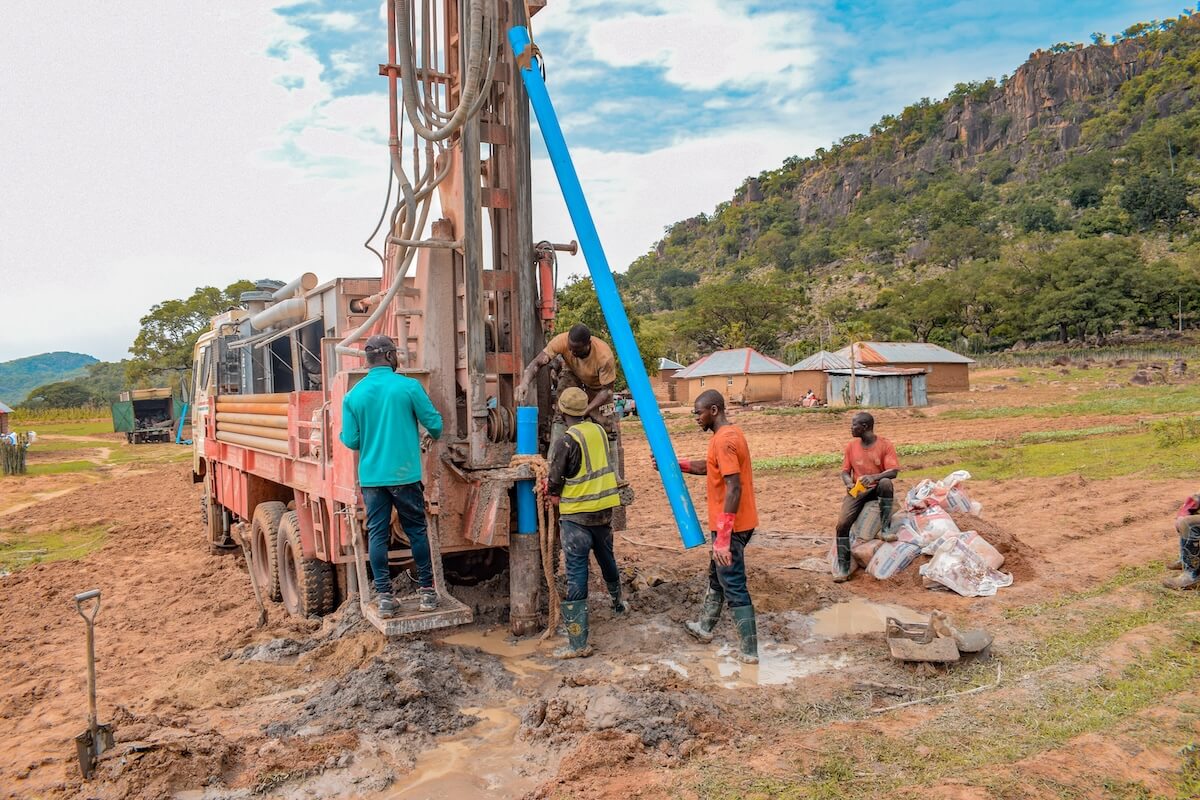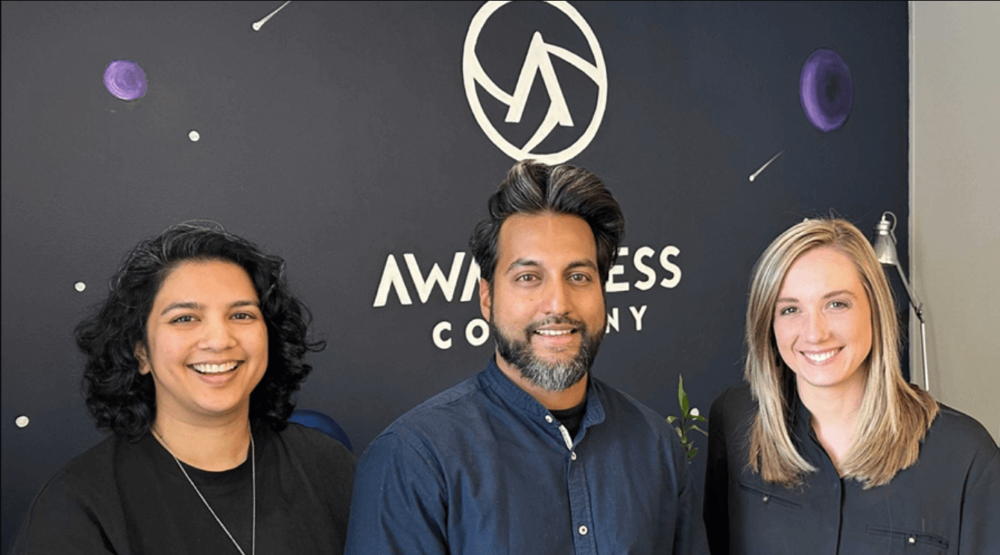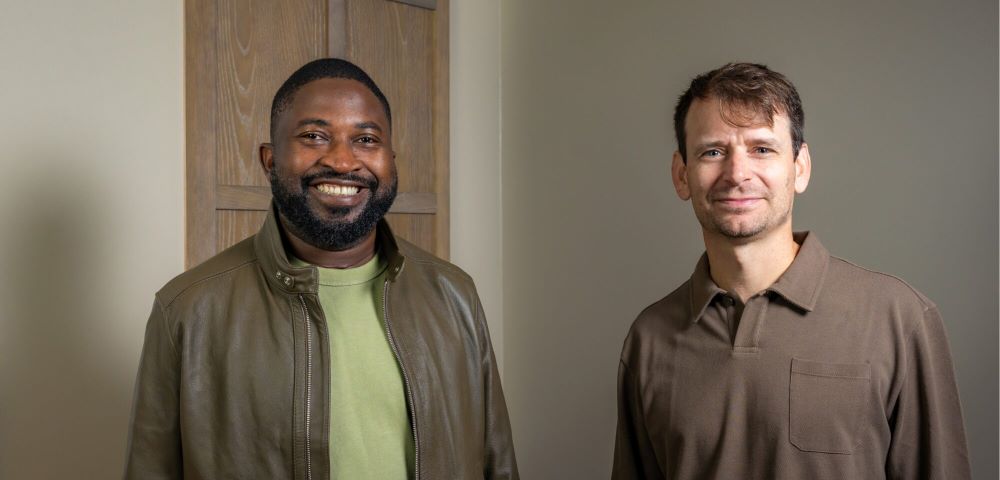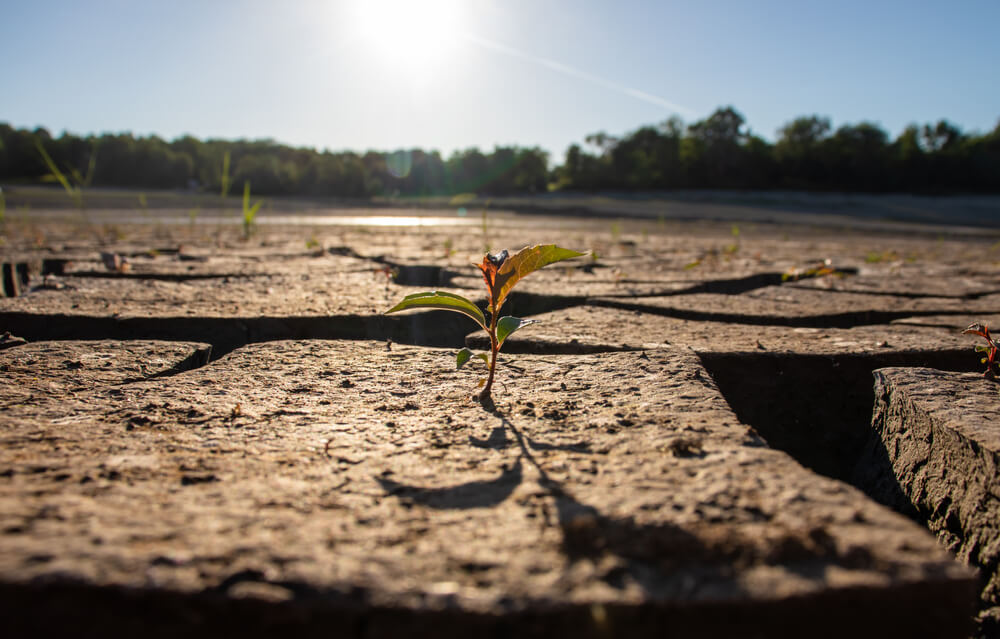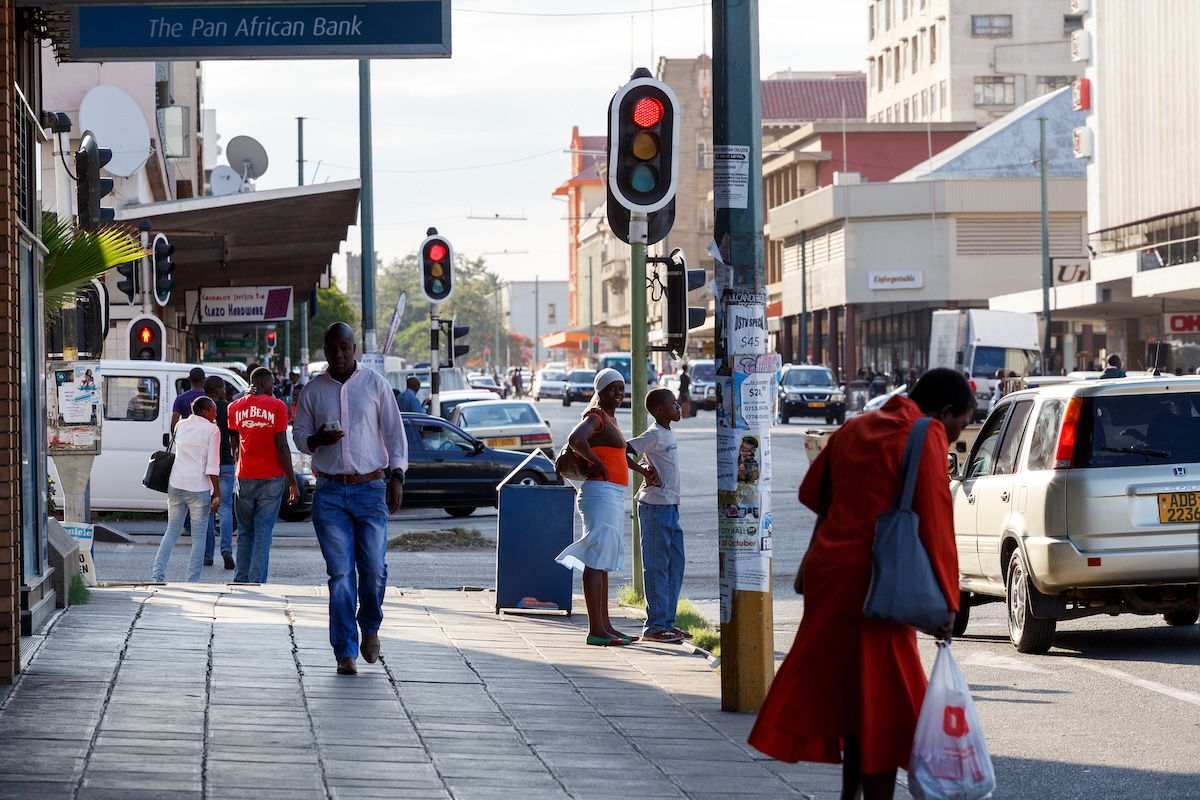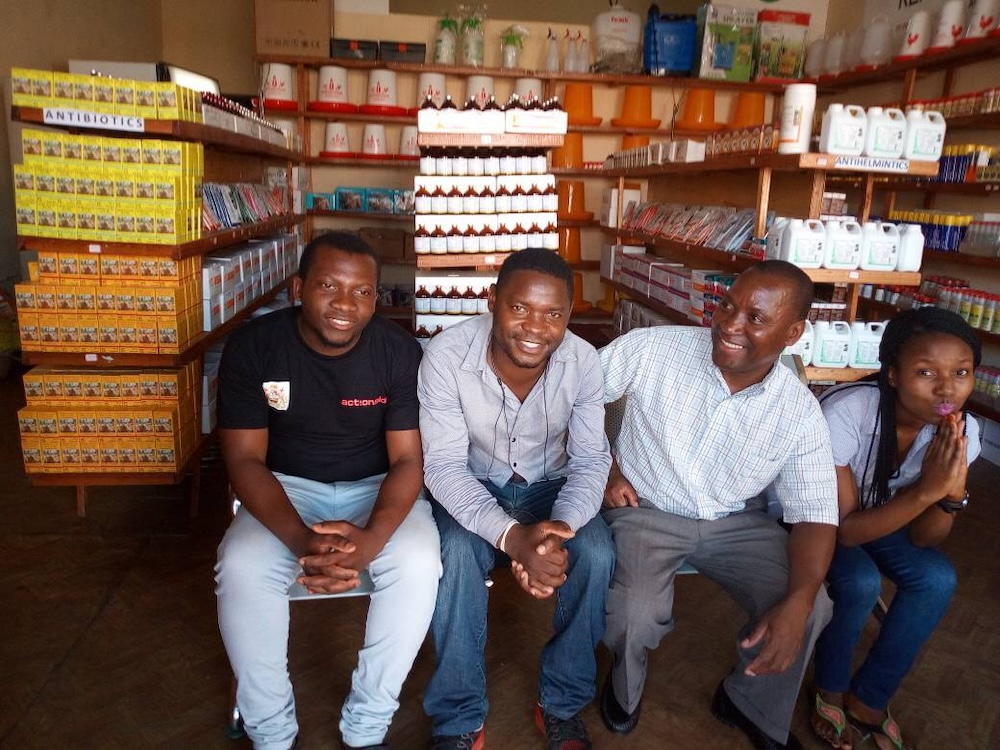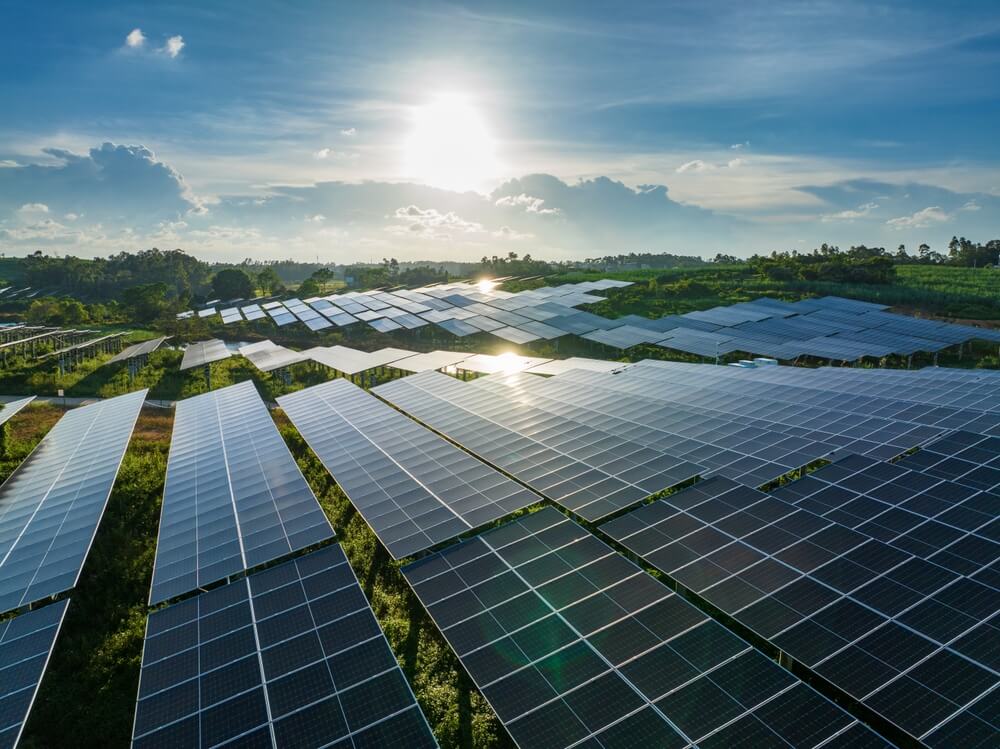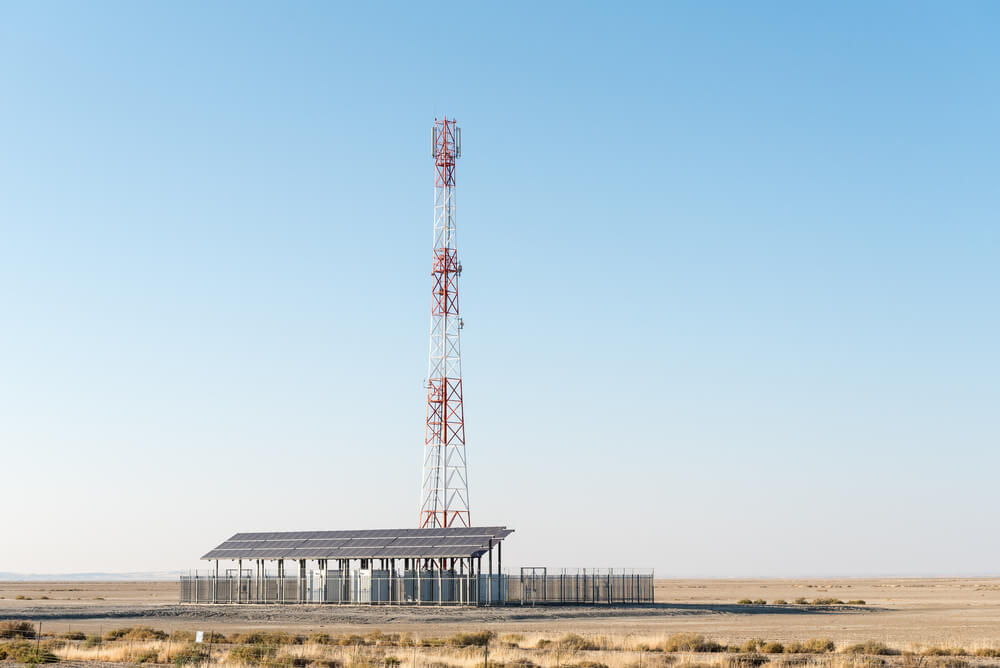Among the biggest barriers to plugging Africa’s $100 billion annual infrastructure finance gap are private investors’ risk perceptions, lack of awareness of investable opportunities, and lack of sizable deals that fit investors’ portfolio requirements. USAID’s INVEST initiative has spent the last seven years trying to break the capital logjam, largely by catalyzing investments from Africa’s institutional investors.
African institutional investors are an under-tapped source of capital for the continent’s sustainable development needs. Collectively they managed $1.8 trillion in assets, as of 2020. Yet they invest a mere 3% of their portfolios in infrastructure and alternative assets, instead favoring listed equities and bonds.
Local insurance companies, pension funds and other institutional investors face fewer barriers to backing infrastructure projects in their countries than overseas investors. For one, they are familiar with local markets and socio-political environments – key risk-perception drivers to foreign investors. They can also invest more easily in local currency.
Securing investments in local currency has the added benefit of reducing risk on infrastructure projects because it reduces exchange rate fluctuations. Infrastructure projects funded in foreign currencies can face mismatches between revenues and debt obligations, which could threaten their long-term viability. Financing infrastructure development with domestic capital can boost a country’s economic self-reliance and reduce its dependence on external funding.
USAID INVEST worked with pension funds, financial intermediaries, and other actors to mobilize greater investment into infrastructure projects in Africa. The initiative mobilized over $774 million from institutional investors to high-impact projects – $556 million, or 72% of the total capital mobilized, came from domestic sources. Nearly $400 million of the total was channeled toward infrastructure projects, including $115 million for energy and $17 million for agriculture.
How can donors and impact investors who want to spur sustainable development and improve quality of life around the world encourage Africa’s institutional investors to engage more in the infrastructure sector? From USAID INVEST’s seven years helping mobilize capital to high-impact initiatives, two strategic interventions stand out.
Out of the box deal structuring
In Nigeria, USAID INVEST mobilized $389 million from institutional and other investors to infrastructure projects across the agriculture, renewable energy, and water, sanitation and hygiene, or WASH, sectors. That work included a $291 million bond issuance with the Lagos State Government – the largest registered debt issuance program in Nigeria – to help the government deliver on social and environmental objectives by financing over 200 infrastructure projects, with over half in the WASH sector.
INVEST and our partner Chapel Hill Denham advised Lagos State to bundle a portfolio of projects in the offering, which made it possible to raise funding for severely undercapitalized WASH projects that were too small to raise financing for individually.
INVEST also supported solar products manufacturer d.light in pursuing local currency securitization financing to provide access to affordable clean energy in Nigeria. The $13 million transaction is the first-ever securitized debt deal for solar home systems and other solar-powered household goods in the country. Beyond the immediate impact, the transaction is catalyzing innovation in the renewable energy sector.
USAID INVEST paired its transaction advisory support with capacity building for pension funds, holding events for pension funds and other key stakeholders to raise awareness of the infrastructure investment ecosystem in Nigeria and increase investors’ ability to deploy capital into priority sectors.
Pooling resources
In Kenya and South Africa – relatively large economies with robust pension systems – USAID sought to galvanize investment in infrastructure by leveraging a pension consortium model. By aligning in a consortium, pension funds can pool technical and capital resources, and even co-invest in opportunities that might not have been feasible on their own. It also gives the funds a bigger microphone to advocate for regulatory and policy changes to allow them to make these impactful investments and increase uptake by other institutional investors.
The Kenyan Pension Funds Investment Consortium, or KEPFIC, was established in 2020 with five funds, and has since grown to more than 24 members that manage more than $5.2 billion in assets. USAID INVEST support through partners MiDA Advisors and CrossBoundary included capacity building through events and one-on-one engagements and development of a pipeline of 18 bankable projects tailored to the consortium’s requirements. To date, the consortium has mobilized $115 million in infrastructure investments; its three investments so far were in affordable housing, student housing, and a road project.
USAID also helped launch the Asset Owners Forum of South Africa, or AOFSA, in 2021 with fifteen initial members, including the largest pension funds in the country. Through INVEST, MiDA Advisors and CrossBoundary supported the consortium secretariat, Batseta Council of Retirement Funds of South Africa, in creating governance structures, building its membership, and developing a pipeline of pre-screened opportunities.
To date, the consortium has invested over $400 million in domestic capital into infrastructure and alternative assets.
Catalytic, not concessional
Institutional investors manage significant sums of money, and they have only recently begun to allocate small portions of their portfolio to infrastructure or other alternative assets. Pension funds are finding that infrastructure projects can be an especially good fit, as they provide the long-term, patient, and risk-adjusted returns that these fiduciaries seek. Also, they, like many other investors, are increasingly interested in investing in impact and sustainability.
USAID INVEST’s work to mobilize institutional investment for African infrastructure has illuminated possible interventions for opening up domestic channels of capital for deals that don’t necessarily require concessional capital to be viable.
In the markets with the most robust pension systems—which, in addition to Nigeria, Kenya, and South Africa includes Namibia, Botswana, the West African Economic and Monetary Union, and Ghana—there is a massive opportunity to support the increased investment into infrastructure and alternative assets. We must also think regionally and consider how investors in these countries can start to look at smaller neighboring markets for opportunities to invest.
USAID and other donors seeking to maximize the additionality of their support should look to the capital already sitting in the countries in which they work. Facilitating transactions, improving regulatory environments, and increasing awareness and capacity among investors are all part of a solution to make African savings work for the continent.
Natalie Alm is a strategic communications advisor, and Dipika Chawla is a strategic investment advisor for USAID INVEST.



